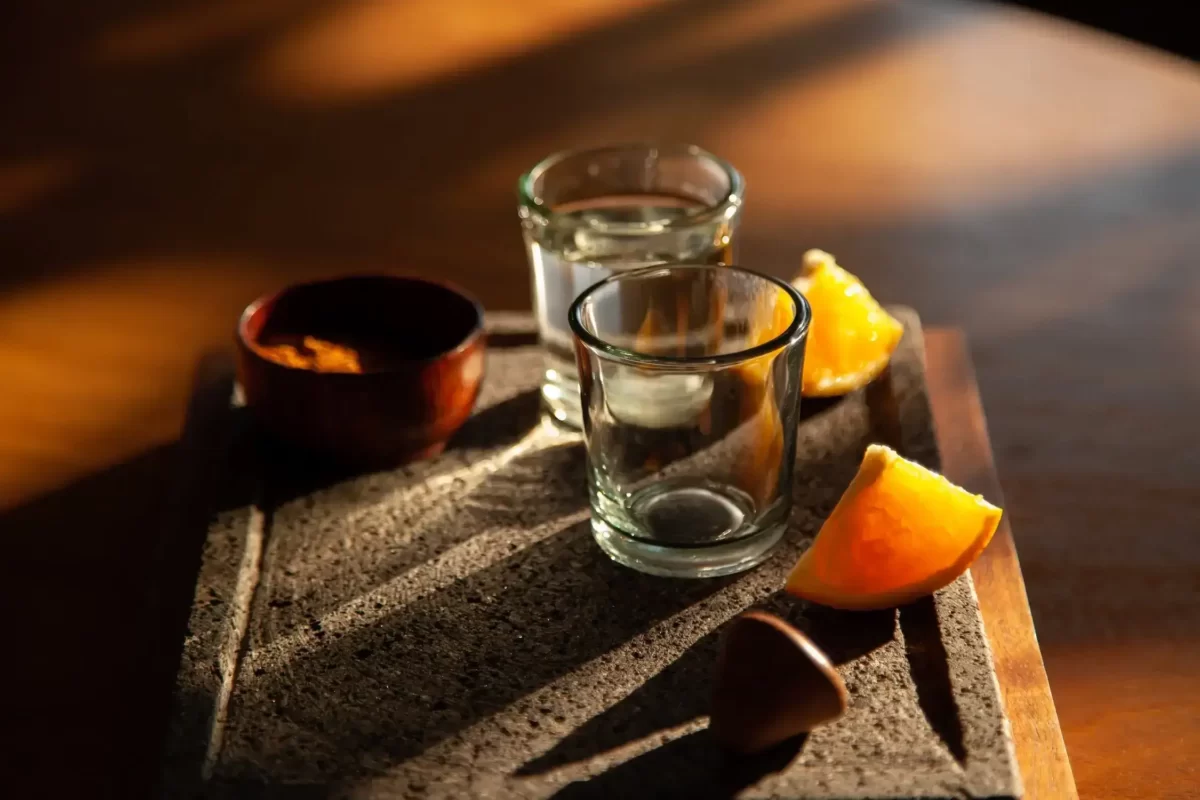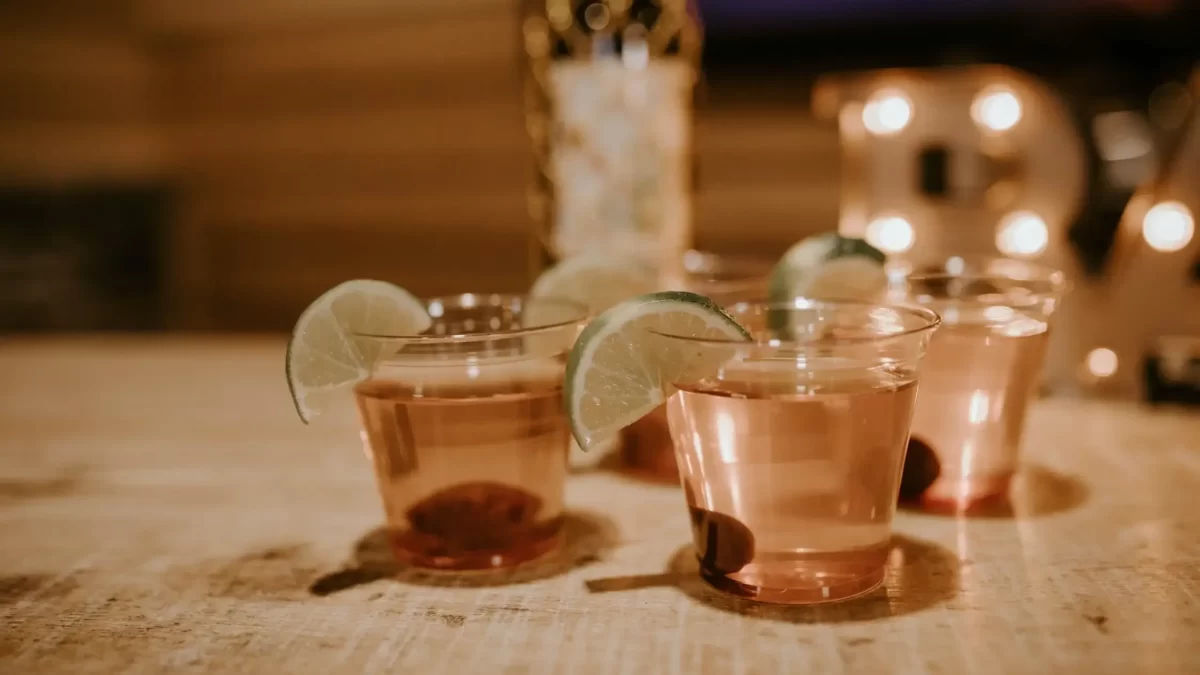Why do we call them “spirits”?

Tequila Production Process
November 2, 2023
Export: Aspects to Consider for Exporting
December 4, 2023Surely, you have heard the term “spirits” more than once. This expression is linked to the experiences of those who carried out this process centuries ago, as during the distillation process, the alcohols in this liquor would evaporate. When distillers observed this phenomenon, they believed it was related to spirits.
According to the Royal Spanish Academy (RAE), a spirit drink is one obtained through distillation with a high alcohol concentration
“LICOR (LIQUOR): Spirituous drink obtained by distillation, maceration, infusion, or the mixture of different substances, composed of water, sugar, alcohol, and aromatic essences.”
From there, some popular beliefs arise, such as the idea that consuming a spirituous drink lift or cheers the spirit. It is also said that through the distillation process, one obtains the essence, meaning the spirit of the drink, considered the purest and most subtle part of it. Another theory often discussed is that these drinks were used as medicinal elixirs, capable of curing various diseases among the population. Therefore, when a person was cured thanks to a distilled drink, it was said that their “spirit returned.”

Drinking Mexican Culture
Spirituous drinks have become a blank canvas for cultural expression and the assertion of identities. Every region in the world developed its own specialties that reflected its natural resources, traditions, and beliefs.
In Mexican culture, there are various distilled beverages crafted from agave plants, undergoing a process to obtain the spirituous drink. The process varies depending on the distilled product desired. Some of the most recognized ones include:
- Tequila: In Mexico, tequila is a masterpiece deeply rooted in agave culture. Each bottle tells the story of the patience and dedication of farmers caring for these spiky plants and the skill of master distillers who transform agave into liquid gold.
- Mezcal: Produced through the distillation of the heart of the maguey plant, mezcal comes in different varieties based on the type of maguey used. It is produced in various parts of Mexico.
- Bacanora: Hailing from the Sonoran region, Bacanora is obtaine through the distillation of the yaqui or yaquiana agave. Unlike tequila, it is sweeter and has a higher alcohol content.
- Sotol: Originating from the deserts of Chihuahua, Coahuila, and Durango, Sotol comes from a cactus known as sereque. While not an agave, it is harvested and undergoes the same distillation process as mezcals and tequilas.
- Raicilla: A distilled agave spirit, like mezcal, Raicilla is obtained by distilling diverse types of agaves, such as maximiliana and inaequidens. It is produced in certain municipalities in Jalisco and Nayarit, with an alcohol content ranging between 35 and 55 degrees. It recently received its designation of origin.




